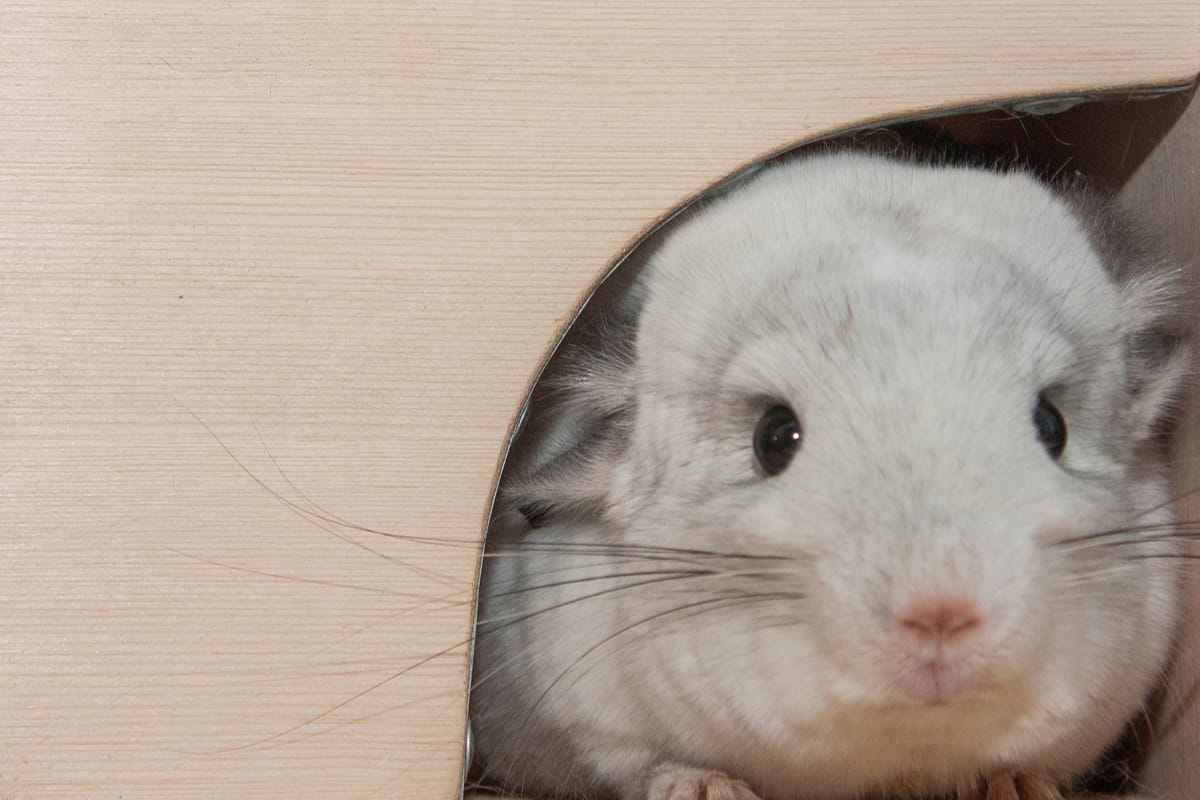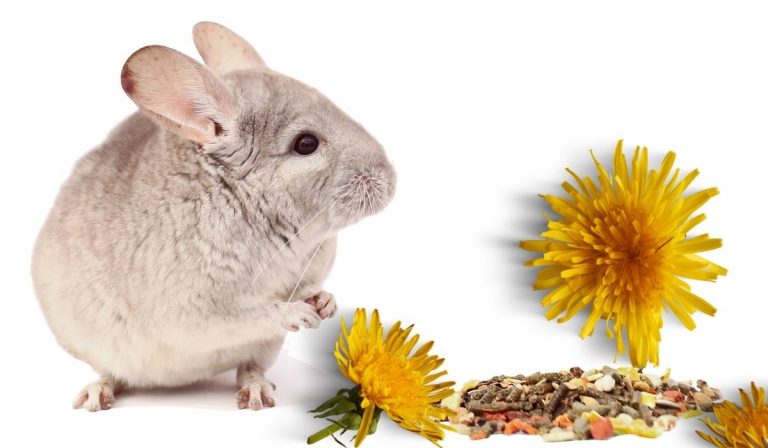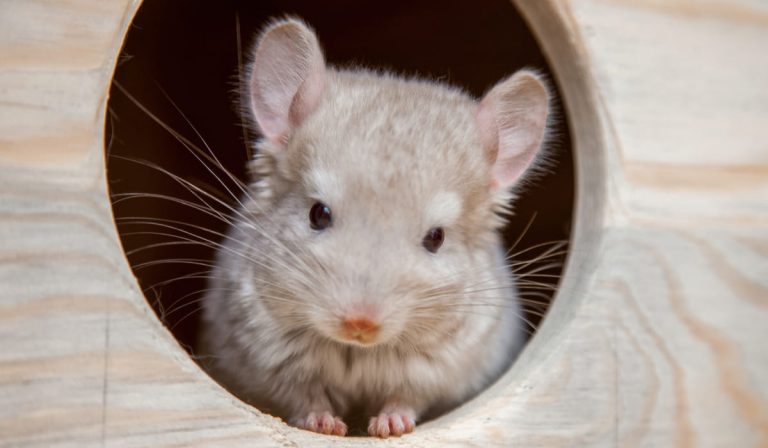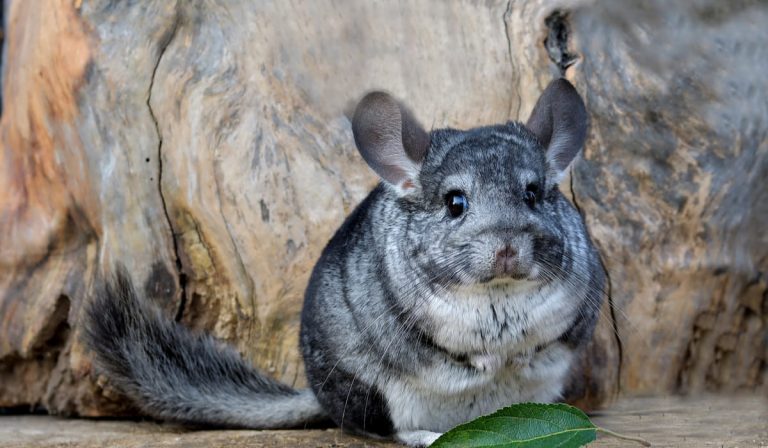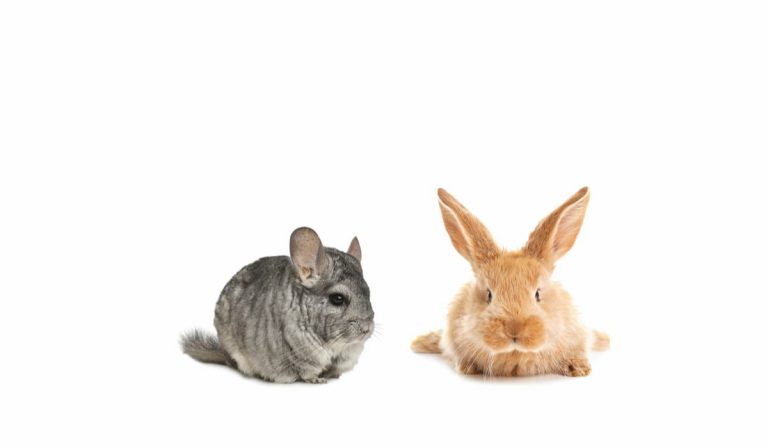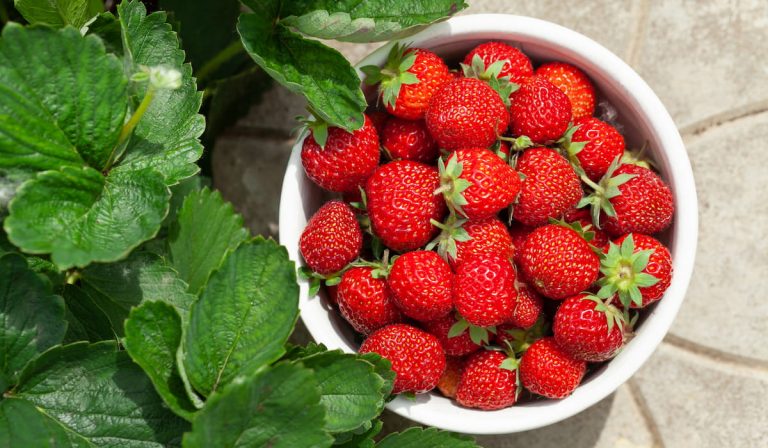Do Chinchillas Need Bedding?
Chinchillas need bedding to keep them healthy and comfortable in their cage. Bedding or litter is essential no matter the type of cage you use, whether it has a drop-in pan, a pull-out cage, or you have trained your chinchilla to use a litter box.

Chinchillas need bedding in their cages primarily for three reasons:
- It absorbs and prevents pee from pooling up – the most suitable bedding is typically made of absorbent material that absorbs the pee and helps maintain the pet’s dry fur and the cage tidy.
- It prevents odor from building up – since the pee is absorbed by the bedding, the cage becomes less smelly.
- It helps and keeps your chinchilla’s feet from getting hurt – a soft bedding option helps your chinchillas and prevents them from bumble-foot, a condition where the feet swell and even burst open, forming wounds that easily attract infections. They can get this if they stand on solid and hard surfaces for too long.
To provide safe bedding for your chinchilla, it is good to pay attention to the materials that the bedding is made of, as the chinchillas tend to eat other bedding, and this could cause issues.
You should also avoid beddings with artificial coloring and fragrances, because the chinchillas like being around their own smell, and anything foreign will easily stress them out.
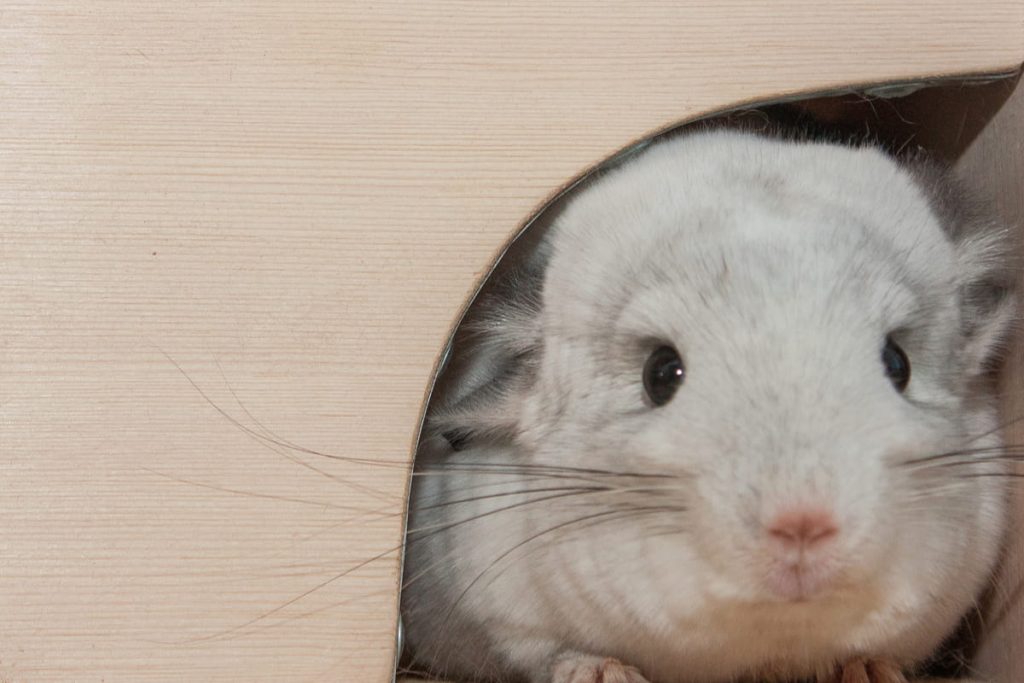
Do Chinchillas Like Burrowing?
Other small animals use their bedding to make burrows, and chinchillas like burrowing too, mainly for safety away from predators.
Unfortunately, chinchillas are not capable of digging their own burrows but rather burrow in rock cracks and burrows dug by other animals. They have little, delicate hands that are unsuited for digging and scooping.
They do still require a secure hiding spot, which is why owners supply their chinchillas with little houses known as “hides.”
Do Chinchillas Like Blankets or Nests for Bedding?
Chinchillas don’t make blankets or nests of their bedding. Other small animals may, however, make these blankets or nests in their cages to provide an extra layer of warmth, since they may be in inhospitable environments, necessitating the extra warmth and comfort for both them and their young ones.
On the other hand, however, chinchillas don’t have any trouble keeping themselves warm because they have thick fur.
Adding an extra layer of warmth through blankets may end up making your small chinchillas over-heat.
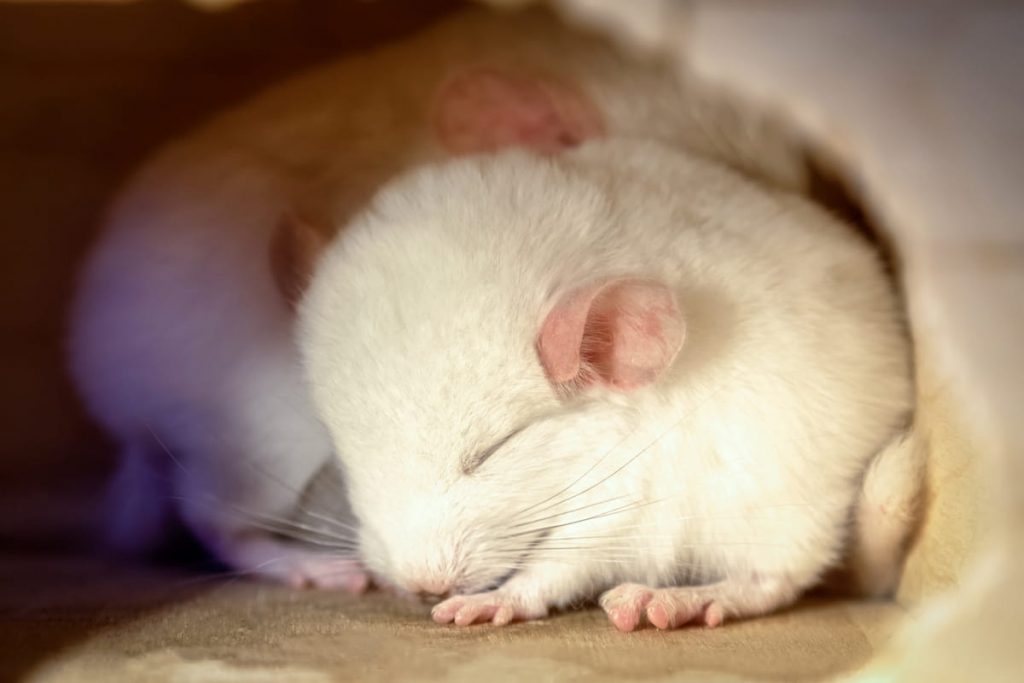
Safe Bedding Options for Your Chinchilla
To ensure the maximum comfort and well-being of your chinchillas, it is important to carefully consider and choose the appropriate bedding for your pet.
You should avoid any bedding that has been bleached or dyed, or has any added scents and fragrances.
These modifications are made for the bedding to be more appealing and nicer to the owner but are actually not good for the chinchilla.
Below are a few safe options for your chinchilla:
- Kiln-Dried Pine Shavings – These are small, soft shavings of pine wood that have been dried, and are more absorbent, soft, and safe to chew on.
Do not use regular pine shavings in your chinchilla’s cage because the pets will definitely ingest it, and their sap is not good for your chinchilla.
The main difference between the kiln-dried pine shavings and the regular pine shavings is that the kiln dried has been dried out, removing the sap that is bad for your chin if ingested. The use of kiln-dried pines in the cage is to absorb pee, and so you don’t need much of it to make the chinchilla comfortable.
The only challenging part of using kiln-dried pine is keeping the bedding and the surroundings clean. The chinchillas will often play with it and kick it out of the cage, making a mess.
You will need to regularly check and replace the soaked parts and replace them with fresh shavings.
- Aspen – Aspen is a finer wood shaving compared to cedar and pine. It is cheap to acquire, and besides the aroma it gives, it is highly absorbent.
However, they tend to be dusty and generally stick to everything around the cage. Choose aspen shavings over other wood shavings if you need inexpensive bedding quickly. - Carefresh bedding – Most chinchilla owners and breeders use and recommend this bedding because it is made of renewable wood fibers. It has a high absorbent rate, little to no dust, and can prevent and maintain odor for a long time.
You should, however, be careful to choose the natural version of carefresh, because these paper-based beddings might not be good for your chinchillas if they ingest it.
They are only safe, if and only if you are certain your chinchilla will not eat it.
- Fleece Cage Liners – Using fleece is the most appropriate because of the added softness and absorbency. They are also the most efficient because you can easily swap out the dirty ones with fresh fleece.
When choosing fleece for your chinchillas, anti-pill fleece is definitely the best because the chins will chew on the fleece a little bit, and it is important that the fleece doesn’t peel off.
If ingested, the fleece will get stuck in the chinchilla’s gut and may cause issues later.

Can You Use Paper Bedding For Chinchillas?
Chinchillas cannot have paper products for bedding unless you are certain they won’t eat it. With hay, the only concern arises if they eat what they have peed and pooed on, but for paper products, ingesting them is much more catastrophic.
If ingested, paper forms a wet, solid mass in the chinchilla’s stomach, and as it passes through the gut, it could result in clogging and blockage of the gut, resulting in a condition known as stasis.
Because of the blockage, the chinchilla stops eating and drinking altogether, and might be fatal if untreated, and even at times if treated, opening up of the blockage is not guaranteed.
Besides ingestion, another risk with paper beddings is dust, especially if you made them yourself. Unlike other bedding options, paper bedding cannot be reused and will end up being costly to maintain.

Other Unsafe Chinchilla Bedding Options
The major concern is a chinchilla’s high probability of chewing their bedding. This is fine, provided that the bedding option is safe to chew and the chinchilla doesn’t chew it in large amounts.
If in case you use paper products like carefresh and you notice your chinchilla chewing on it, you should stop using it immediately to avoid adverse health issues.
Other bedding materials that are unsafe for the chinchillas are cedar, mixed wood shavings, synthetic bedding, corn cob litter, cat litter, and any other pine litter that is not kiln dried.
The Ideal Chinchilla Housing
Chinchillas are high-energy animals who need their home made interesting and exciting because they love to explore.
Their housing and space, therefore, need to be spacious enough to give them room to safely explore and exercise naturally, when both indoors and outdoors.
To spice up their spaces and keep them interested, therefore, you might need to add a few levels and platforms for them to climb and safely jump from. Provide wooden branches for them to chew and naturally wear their teeth down, give them tunnels boxes and tubes to play in and with, and a nest box to hide and rest in.
Providing interactive toys and a playing wheel will keep your chinchilla from getting bored, and help them exercise more. You should also give them regular dust baths.
A cage is often not the most ideal home for a chinchilla because they are not always spacious and free enough for a chinchilla to live in happily.
However, if you must, give it a cage that is 6 feet high by 6 feet wide and maybe 3 feet deep. The idea behind this is to give them plenty of space to run around and exercise in, as well as space to get away from each other if they have to.
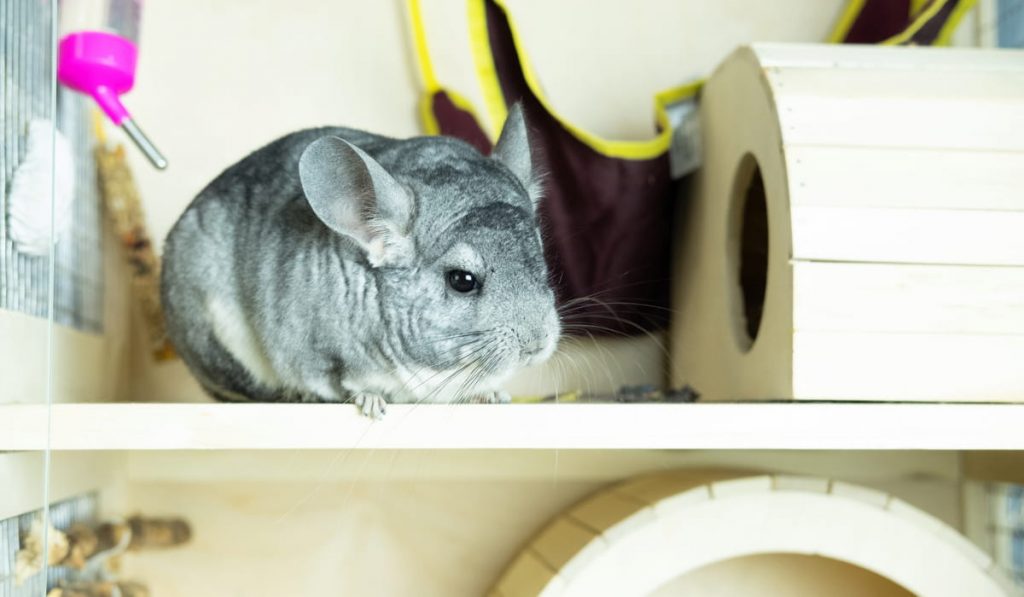
Conclusion
When choosing the right bedding for your chinchilla, it is always good to figure out the safest option, even when ingested by the chin.
The cage should be regularly cleaned to keep the bedding from becoming too soiled. Generally, it is of more importance to keep the cage clean than choosing between the most optimal options.
When handled in an appropriate manner, chinchillas make great pets.
They rarely bite, except in situations where they might be undergoing stress, and so you should carefully consider the people you allow to handle your chin and how appropriately they handle it.
Resources
- https://exoticanimalsupplies.com/chinchilla-bedding-litter/
- https://lovemychinchilla.com/do-chinchillas-need-bedding-in-their-cages/
- https://www.thesprucepets.com/chinchilla-bedding-options-1238123
- https://www.pdsa.org.uk/taking-care-of-your-pet/looking-after-your-pet/small-pets/the-ideal-home-for-chinchillas
- https://companion-animals.extension.org/chinchilla-housing-and-care/

